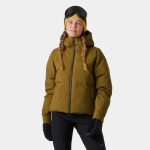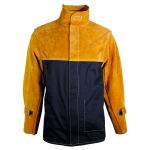The field jacket is a classic piece of outerwear that blends style with practicality. Originally designed for military use, it has evolved into a staple in modern wardrobes. Its versatility makes it suitable for a range of activities, from outdoor adventures to casual outings. This timeless jacket is functional yet fashionable, making it an ideal choice for layering. In this article, we will explore how to layer effectively with a field jacket to achieve ultimate comfort and function.
Understanding the Field Jacket
Historical Context
The field jacket has its roots in military history. Designed for utility, these jackets were originally crafted to withstand harsh outdoor conditions. Made from durable fabrics, field jackets often featured multiple pockets for storing essential items. Over the years, they have transitioned from military uniforms to everyday wear, with various styles introduced to cater to civilian needs.
Modern field jackets maintain the characteristic features of their predecessors while incorporating contemporary design elements. These jackets typically come in lightweight materials, making them suitable for year-round wear. Understanding the background of the field jacket adds appreciation for its function and style.
Key Features
Field jackets typically feature a few defining characteristics that enhance their practicality. One of these features is the abundance of pockets. These pockets are ideal for holding essentials like wallets, keys, and smartphones, ensuring that you have what you need at your fingertips.
Another notable aspect of field jackets is their rugged construction. Made from materials such as cotton, canvas, or nylon, they are built to withstand the elements. Many designs come with a water-resistant coating, which adds to their utility in unpredictable weather conditions. Additionally, field jackets often have adjustable cuffs and hems for customizable fit and comfort.
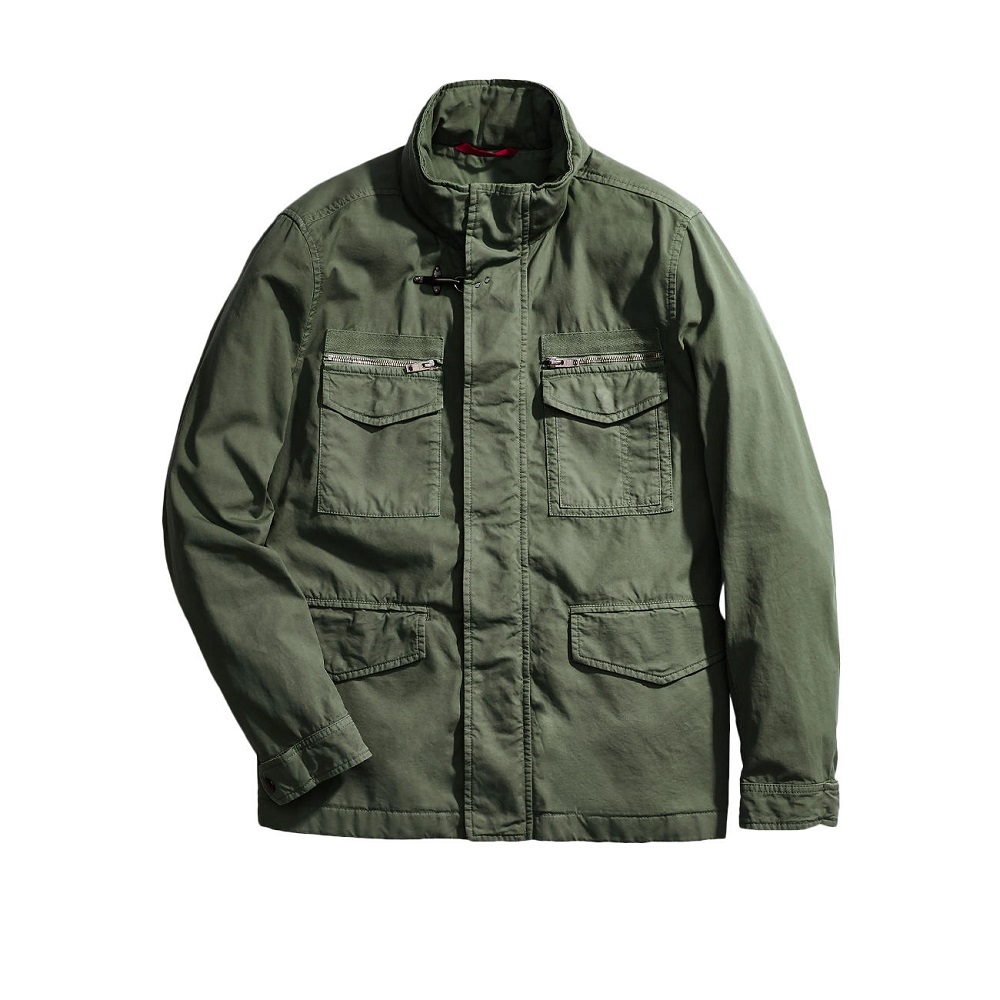
Base Layer: The Foundation of Comfort
Choosing the Right Base Layer
When layering with a field jacket, the base layer is crucial for ensuring comfort. A suitable base layer should be breathable, moisture-wicking, and provide warmth without bulk. Options such as lightweight long-sleeve shirts or thermal tops are excellent choices. These fabrics help regulate body temperature and keep you dry during activities.
For colder weather, opt for a fitted thermal shirt. This base layer traps heat close to your body, providing additional warmth as you venture outside. Choose neutral or compatible colors that will blend well with your field jacket for a cohesive look.
Fabrics Matter
Fabric selection for your base layer can affect overall comfort. Look for materials like merino wool, polyester, or blends that offer stretch. These fabrics provide a comfortable fit and optimal flexibility, allowing for easy movement throughout the day. Avoid cotton as a base layer, as it retains moisture and can lead to discomfort.
When layering, consider the thickness of your base layer. A thinner base layer will work during transitional seasons, while thicker options are ideal for winter conditions. Investing in quality base layers will improve your comfort level when wearing your field jacket.
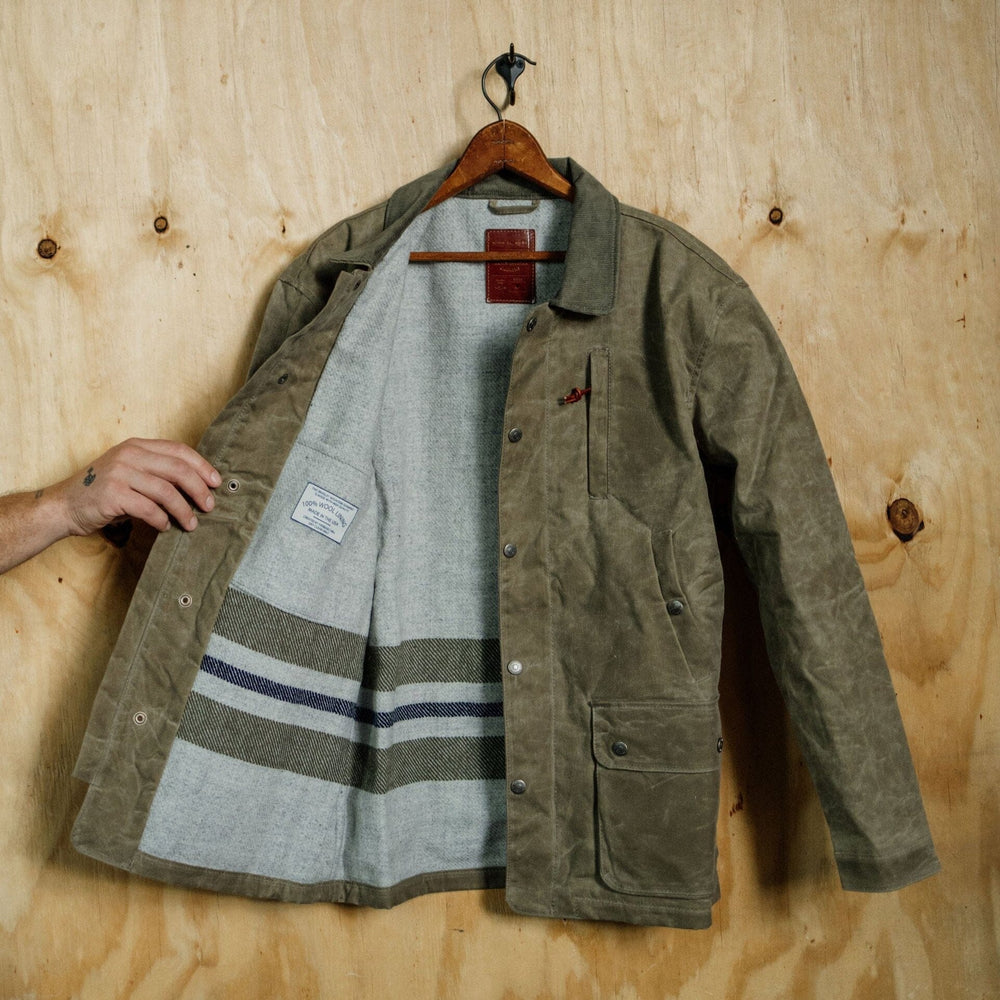
Middle Layer: Adding Warmth and Versatility
Selecting the Middle Layer
The middle layer serves as insulation and adds warmth beneath your field jacket. Options for this layer include lightweight sweaters, fleeces, or long-sleeve pullovers. Choose a material that provides warmth without adding too much bulk.
Fleece jackets are a popular choice for the middle layer due to their lightweight and insulating properties. They trap heat effectively but remain breathable. Additionally, a thin sweater can provide both warmth and style. Opt for a fitted design that allows for easy layering under your jacket without feeling constricted.
Mixing Textures and Styles
When choosing your middle layer, consider experimenting with textures and styles. A chunky knit sweater can add visual interest while keeping you warm. Alternatively, a fitted hoodie can provide a sporty touch to your outfit.
Don’t be afraid to play with colors that complement your field jacket while also reflecting your personal style. Layering is an opportunity for self-expression, so feel free to combine patterns or colors that resonate with you. This versatility allows you to create outfits that are both functional and stylish.
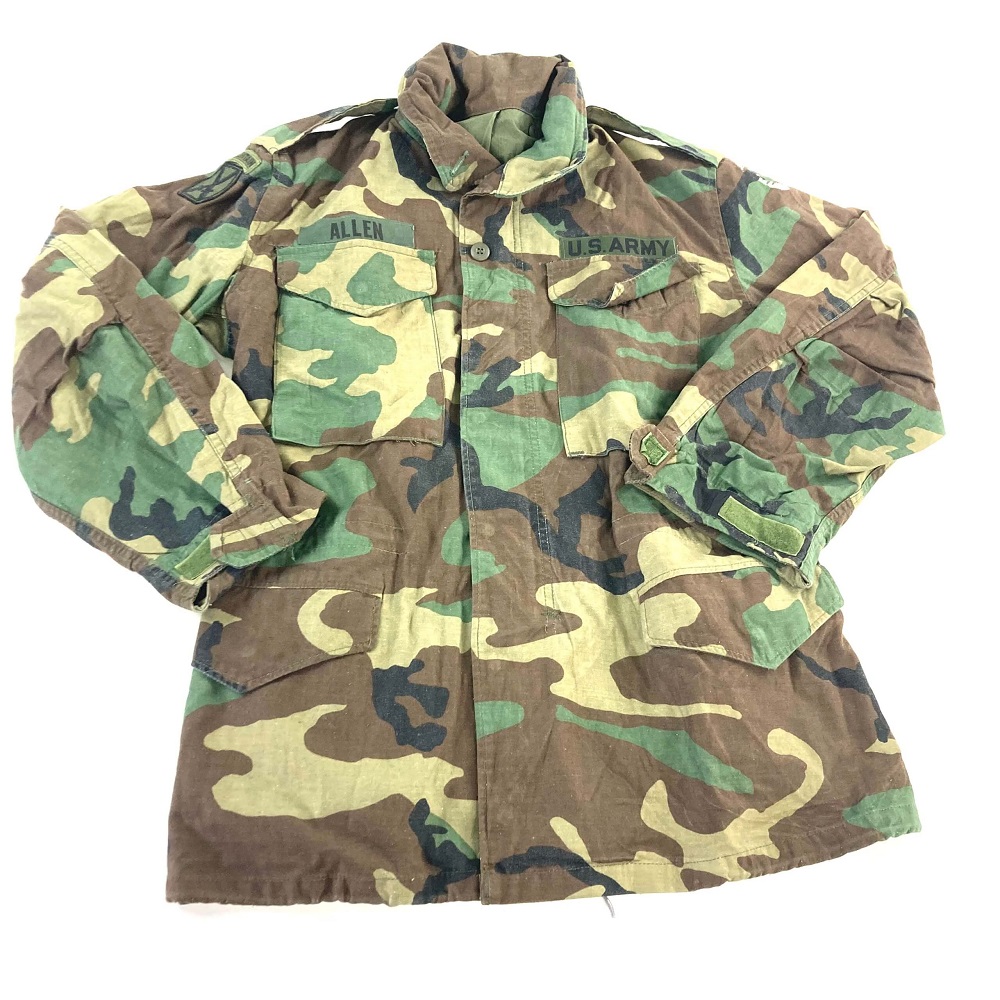
Outer Layer: The Field Jacket in Action
The Field Jacket as the Outer Layer
The field jacket itself is the outermost layer, providing protection against wind and light rain. When wearing a field jacket, ensure that it fits well over your base and middle layers. This fit guarantees comfort and mobility. A well-fitted jacket will allow for layering without feeling restrictive.
When choosing a field jacket, consider practical features such as waterproof or water-resistant materials. Many modern designs now feature breathable fabrics that allow for airflow while keeping the elements at bay. High-quality field jacket also often have adjustable cuffs and hems, allowing you to customize the fit based on weather and activity.
Practical Considerations
When determining how to wear your field jacket, contemplate your daily activities. If you’ll be out in wet conditions, ensure your jacket has an effective water-repellent coating. For colder days, check that the jacket provides sufficient insulation.
Additionally, pay attention to the pocket placement. Field jackets typically come equipped with various types of pockets: hand pockets, chest pockets, and even inside pockets. Ensure these pockets are organized in a way that suits your needs and offers easy access to essentials like keys and phone.
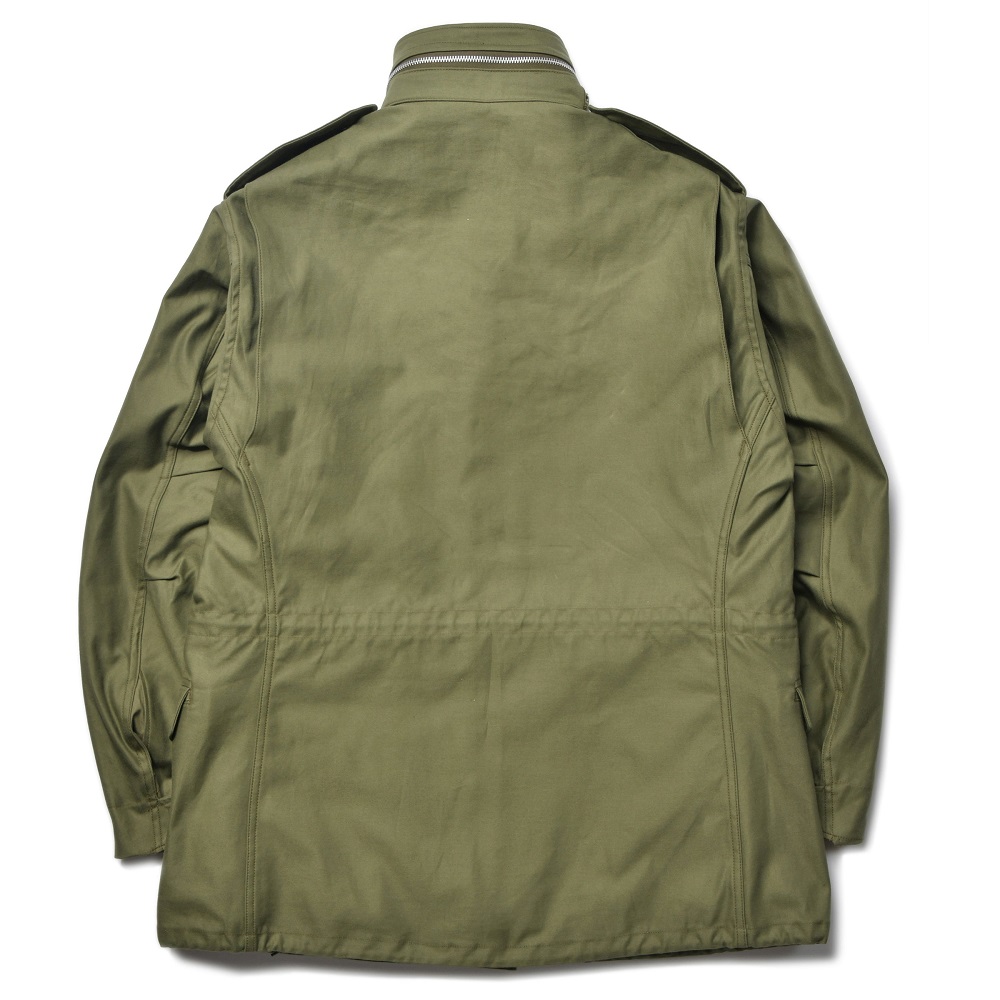
Accessorizing for Function and Style
Hats and Beanies
When layering with a field jacket, accessories play a crucial role in adding style and functionality. Hats can offer warmth and protection against the sun. A beanie can provide extra insulation during cooler months, while a baseball cap is apt for sunny weather. Choose colors that complement your field jacket, adding a polished finishing touch.
Consider the type of activities you’ll engage in and select a hat suitable for those purposes. A stylish beanie can enhance a casual look, while a cap may be better for outdoor sports. Accessories like hats not only add warmth but also elevate your outfit’s style quotient.
Scarves and Gloves
Scarves are another fantastic accessory when layering. A lightweight scarf can add an extra layer of warmth and style without much bulk. Choose scarves in colors or patterns that complement your field jacket and base layer. Knitted or woolen scarves can offer insulation on colder days.
When the weather turns frigid, gloves also become necessary. Look for gloves that provide warmth and dexterity, so you can still perform tasks without removing them. The right gloves, combined with your field jacket, can keep you comfortable in any weather while ensuring you look stylish.
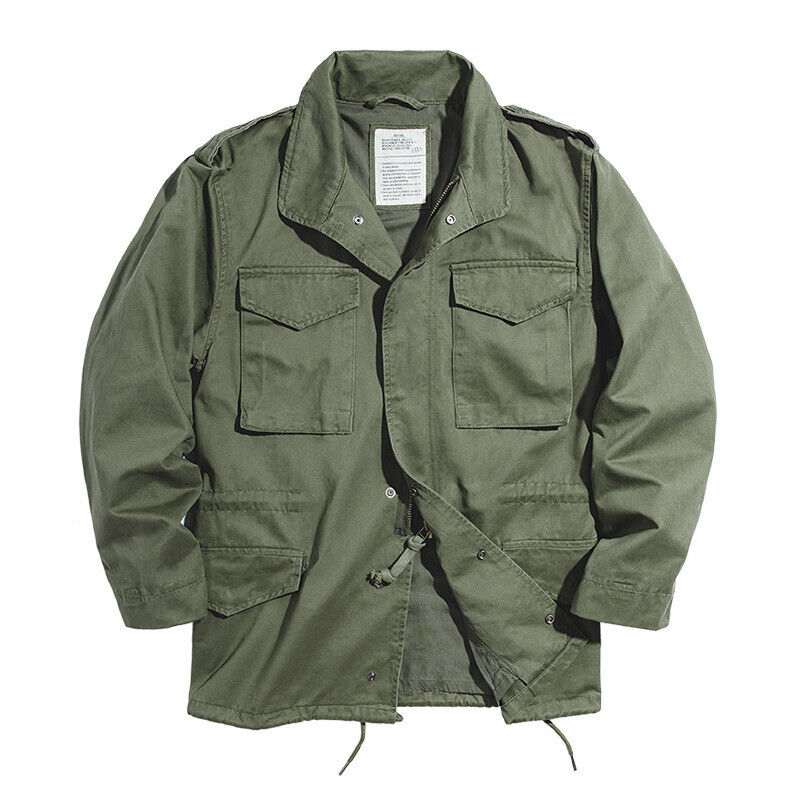
Adapting Your Layers for Seasonal Changes
Transitioning from Fall to Winter
As the seasons change, adjusting your layers becomes essential. During fall, you may need fewer layers. A lightweight shirt with a medium-weight sweater can be sufficient under your field jacket. Choose fabrics that are breathable but can still provide warmth as temperatures cool down.
For winter, prepare to add additional layers. Consider heavier sweaters or thermal layers underneath your field jacket. Choose materials that trap heat effectively while remaining lightweight. This extra insulation will keep you warm in cold temperatures, ensuring you enjoy outdoor activities without discomfort.
Spring Layering Strategies
In spring, temperatures can be unpredictable. Layering becomes crucial for adapting to changing weather. A light base layer paired with a slightly thicker middle layer allows for flexibility. This combination ensures you stay comfortable as the temperature fluctuates throughout the day.
Access to pockets is also important during spring. A field jacket equipped with pockets is handy for storing light layers or other essentials like sunglasses or a light umbrella. Lightweight rain jackets can also be worn over your field jacket for extra protection against showers. With the right layering strategies, you can enjoy every moment of the spring season.
Caring for Your Field Jacket
Proper Washing Techniques
To maintain the functionality and appearance of your field jacket, proper care is essential. Always check the care label for specific washing instructions. Most field jackets can be machine washed, but using cold water and a gentle cycle is advisable. A gentle detergent will prevent damage to the fabric.
Avoid using bleach or harsh chemicals, as they can degrade the material. If your jacket has a waterproof coating, avoid fabric softeners, which can affect its performance. Air drying is the best option, as high heat can cause shrinkage or damage the jacket’s shape.
Storing Your Jacket
When the colder months conclude, it’s crucial to store your field jacket properly. Avoid hanging it on a wire hanger, as it may distort the shoulders. Instead, opt for a padded hanger or neatly fold the jacket for storage. Make sure to hang it in a cool, dry place, away from direct sunlight to prevent fading.
Consider using a garment bag to protect it from dust and preserve its shape. Keeping your field jacket in optimal condition means you can rely on its functionality and style for many seasons to come.
In conclusion, the field jacket is a versatile and functional piece that can be styled for ultimate comfort. By layering correctly and choosing the right accessories, it can be adapted for various weather conditions and occasions. Start with a suitable base layer and add a cozy middle layer to enhance warmth.
The field jacket serves as an excellent outer layer, combining style with practicality. Accents like hats, scarves, and gloves add personality while maintaining protection against the elements. Seasonal adaptations and thoughtful care practices ensure your field jacket remains a reliable choice in your wardrobe. Embrace this iconic piece and enjoy the comfort and style it brings to your everyday life!

